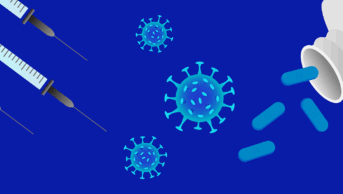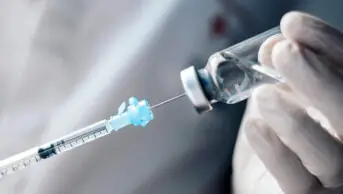Déjà vu was the overwhelming reaction I had to the feature on strategies to reduce the use of antibiotics in animals (
The Pharmaceutical Journal 2014;293:517
).
When I was an assistant secretary of the former Royal Pharmaceutical Society of Great Britain (RPSGB), responsible for the administrative arrangements of the practice committee and its four specialist subcommittees, I was also given the task of acting as secretary of the joint veterinary pharmaceutical committee. Membership comprised high-level representatives of the Society, the Association of the British Pharmaceutical Industry, British Veterinary Association and the Royal College of Veterinary Surgeons. One major project was to prepare a submission to the joint committee on the use of antibiotics in animal husbandry and veterinary medicine.
This committee was established by the government in 1968 under the chairmanship of MM Swann, then vice-chancellor of the University of Edinburgh. What became known as the Swann Committee Report, published towards the end of 1969, was described as a landmark document and was hailed internationally as a leading work on the subject.
A major recommendation was that antibiotics used to treat infections in humans should not be used as additives in animal feeds to promote growth. I recall that there were strong commercial and, indeed, professional representations that such antibiotics should continue to be permitted in animal husbandry for prophylactic purposes.
Incidentally, the Swann Committee report also stated that antibiotics were being used unwisely by the medical profession.
Around 45 years later we appear still to be struggling to implement effective measures to ensure that the way antibiotics are being used for both humans and animals is not a major contributor to antimicrobial resistance.
John Ferguson
Haywards Heath, West Sussex


